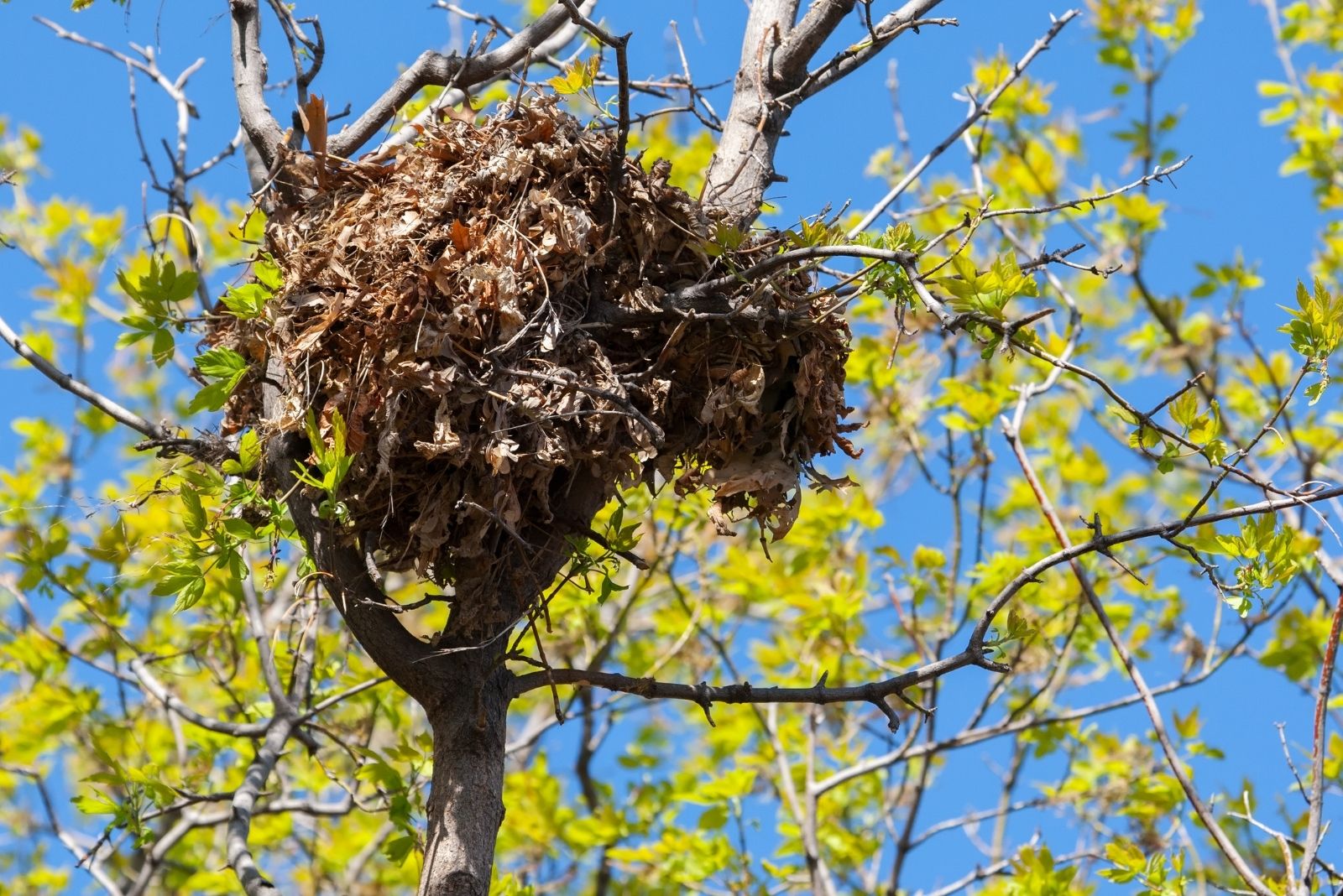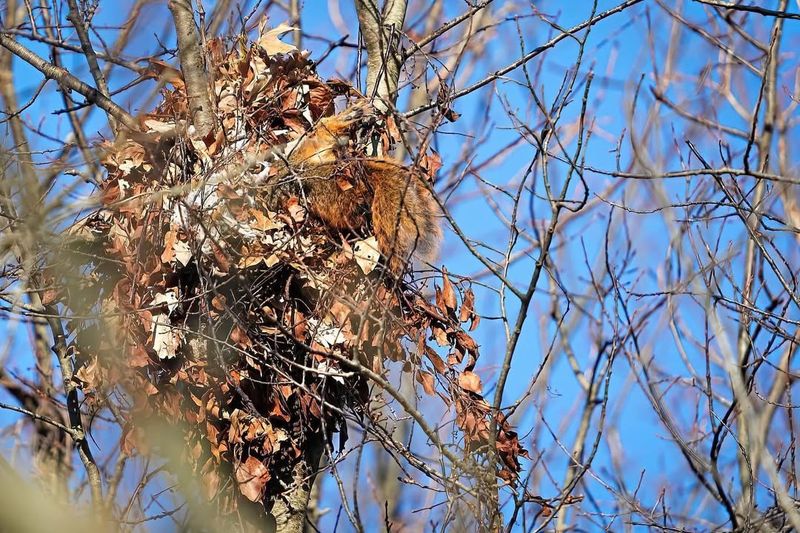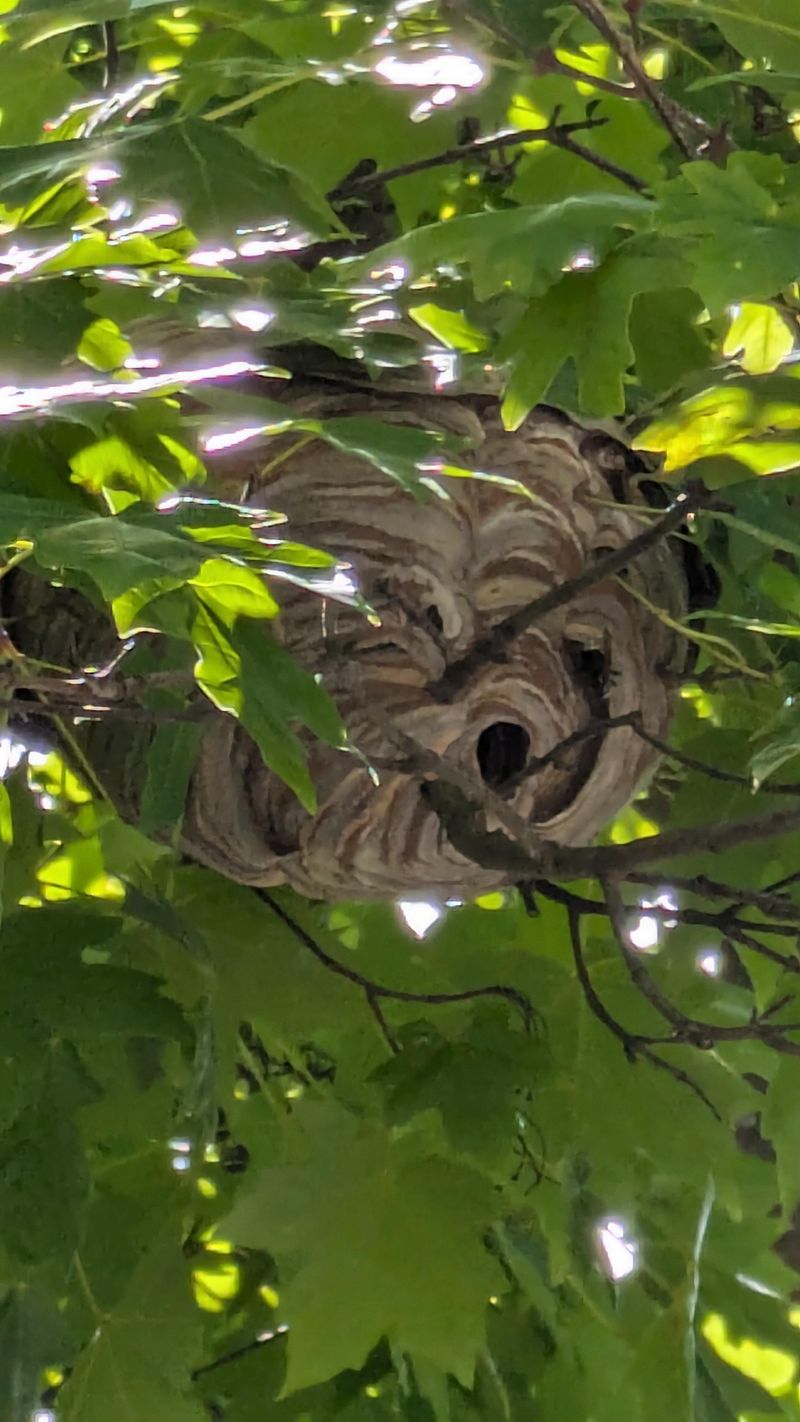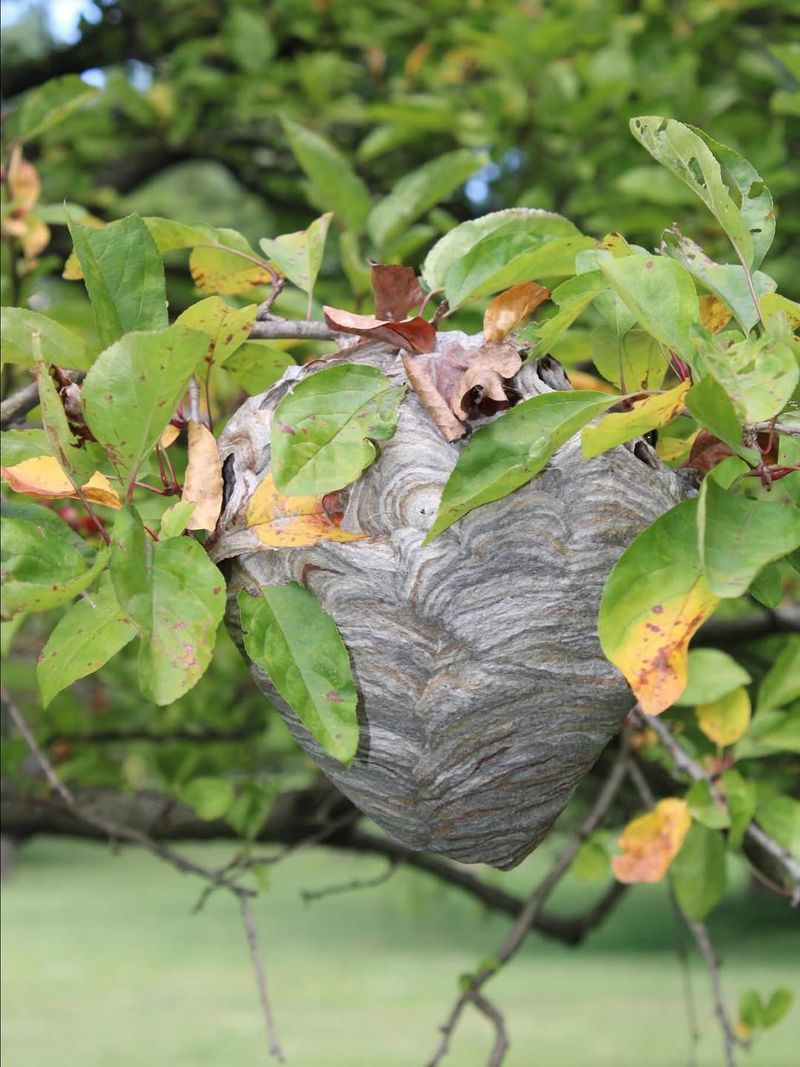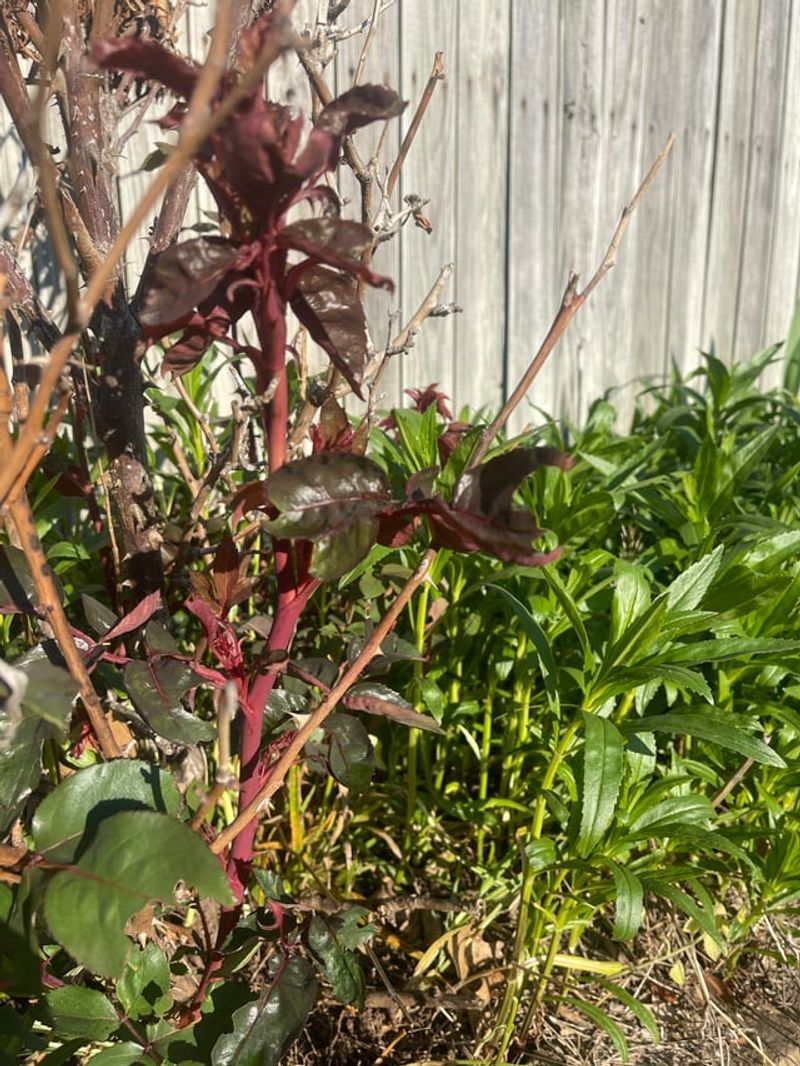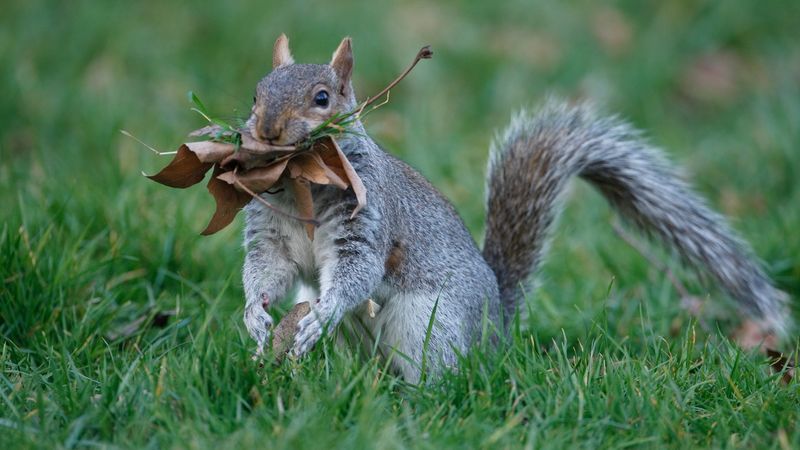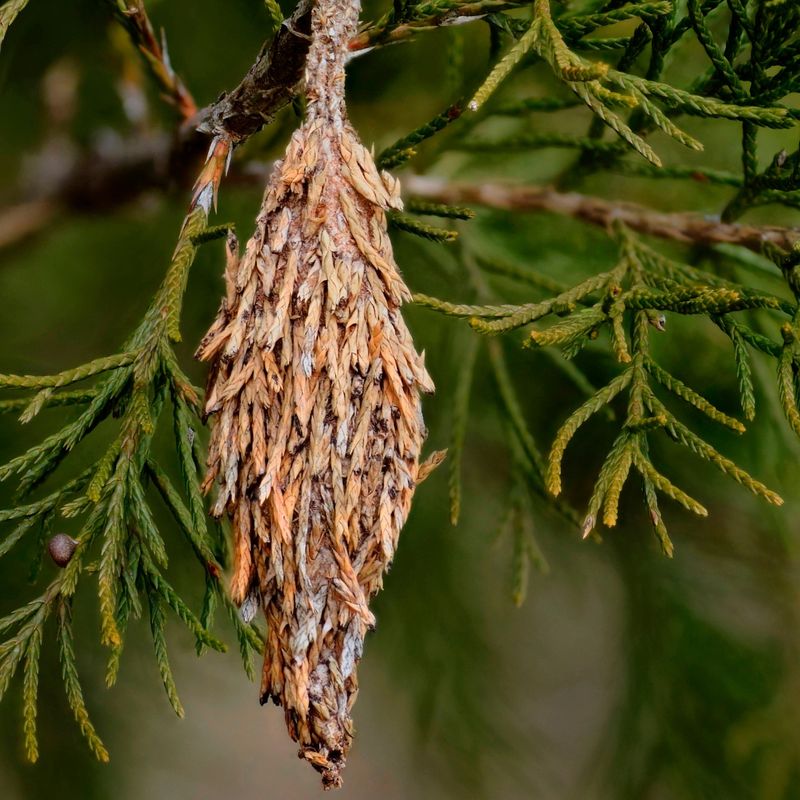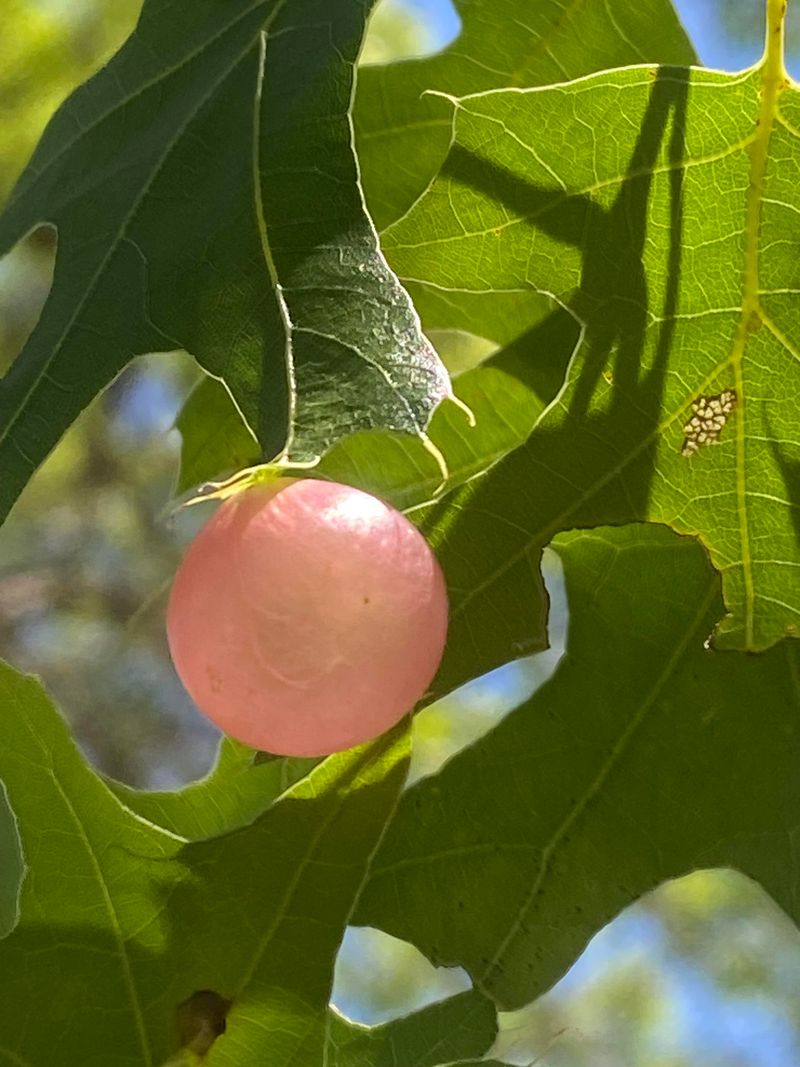Walking through Tennessee backyards, it’s easy to spot what looks like a typical bird nest tucked in a tree branch. But for those of us paying closer attention, these clumps might be something else entirely.
From insect homes to unusual plant growths, our Tennessee trees hold many surprises that can fool even experienced homeowners.
1. Squirrel Dreys Hidden Among Branches
In my Tennessee backyard, I first noticed what seemed like an oversized bird nest high in an oak tree. Squirrels build these leafy homes called dreys, weaving together twigs, leaves, and bark strips.
They prefer tall hardwoods like oaks and hickories common throughout Tennessee gardens. Unlike bird nests, dreys are much larger and have a bulkier, messier appearance with visible leaf clusters.
During winter months, these structures become more visible when deciduous trees shed their foliage, revealing the squirrel’s handiwork clearly.
2. Paper Wasp Nests Attached To Limbs
From my own experience, these can be tricky to spot in the garden until you get too close. Paper wasps construct umbrella-shaped nests from chewed wood fibers mixed with saliva, creating a papery gray material.
They often attach their nests to protected branches of dogwoods, maples, and ornamental shrubs around Tennessee homes. The exposed hexagonal cells distinguish them from enclosed bird nests.
Always keep a safe distance when you discover one, as these insects defend their colonies aggressively during warm months.
3. Bald-Faced Hornet Colonies
For me, the surprise came when I discovered what I thought was a strange gray blob hanging from my cherry tree. Bald-faced hornets create these impressive paper structures that can grow as large as basketballs throughout the season.
These aerial nests appear in various Tennessee trees, including elms, pines, and fruit trees in backyard orchards. The smooth, enclosed exterior with a small entrance hole sets them apart from open bird nests.
Professional removal is strongly recommended since disturbing these colonies can trigger aggressive defensive behavior.
4. Witch’s Broom Plant Deformities
Certain fungal infections, mites, or viruses cause branches to grow abnormally dense, creating tangled clusters that resemble nests. I’ve spotted these peculiar formations most frequently in hackberry trees across Tennessee neighborhoods.
The tight bundle of stunted twigs grows directly from the branch rather than being built on top like actual nests. Maples, cherries, and willows in Tennessee gardens can also develop these odd growths.
While they look concerning, witch’s brooms rarely harm the overall tree health and don’t require immediate removal.
5. Eastern Gray Squirrel Leaf Nests
Squirrels construct temporary summer shelters using primarily fresh leaves, which differ from their sturdier winter dreys. These lighter structures appear throughout Tennessee’s maple, sweetgum, and poplar trees during growing season.
They’re built quickly and serve as cooling stations or secondary homes when squirrels need multiple shelter options. The loose construction means they often fall apart after storms, leaving behind scattered leaf piles below.
Watch for squirrel activity around these formations during early morning or late afternoon feeding times in your garden.
6. Bagworm Silk Cases On Evergreens
These caterpillar-created cases hang from branches like tiny ornaments, constructed from silk and plant debris. Tennessee gardeners find them most commonly on arborvitae, juniper, and spruce trees throughout residential landscapes.
Each bag houses a single bagworm larva that feeds on the host tree’s foliage while protected inside. The cone-shaped cases measure one to two inches and dangle from branches rather than sitting in branch forks.
Hand-picking these cases during winter prevents spring hatching and protects your evergreens from significant foliage damage.
7. Oak Apple Galls On Branches
Tiny wasps lay eggs inside oak tree tissue, triggering abnormal growths that form round, apple-like structures on branches. Tennessee’s abundant oak species, including white oak and red oak, commonly develop these peculiar formations in backyard settings.
The galls appear as firm, round balls ranging from marble to golf ball size, sometimes clustered together resembling small nests. Unlike true nests, they’re permanently attached and solid rather than hollow.
These growths rarely cause serious harm to established trees and simply add character to your Tennessee landscape.

